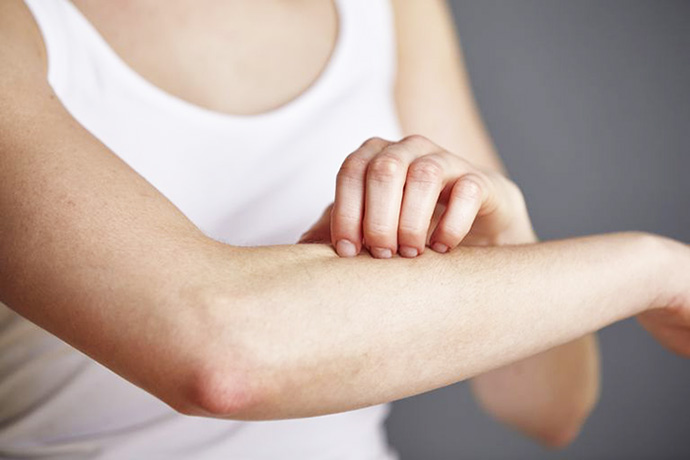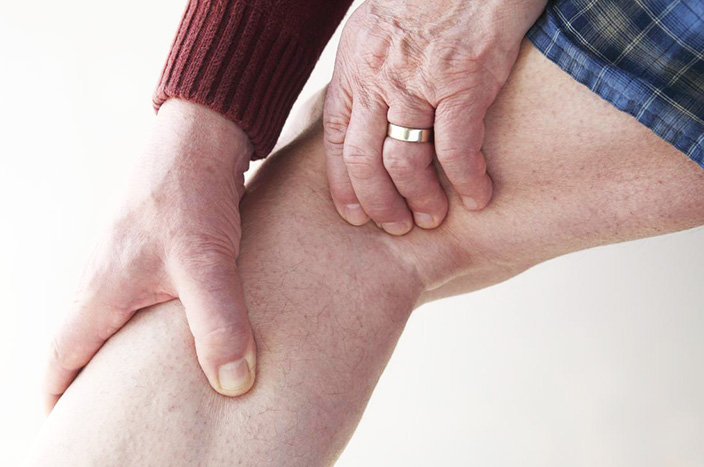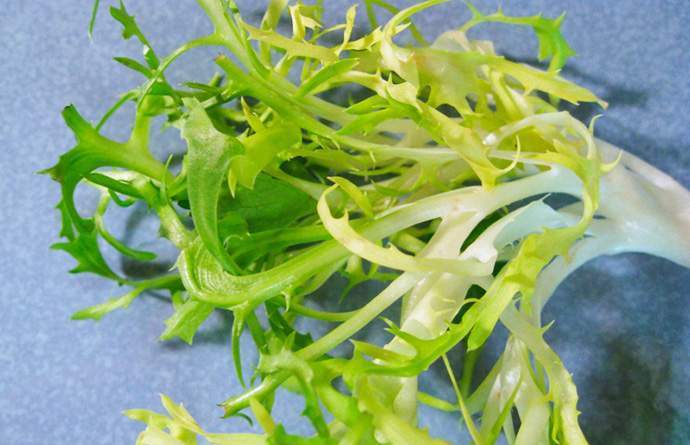Your knee is said to be the biggest as well as one of the most commonly used joint in your body. It’s also something that is highly susceptible to getting injured. In fact, getting a massive knee injury is regarded as a life sentence for most athletes. However, there’s really no need for you to be a world-renowned athlete just for you to hurt your knee — so many everyday activities can wreak havoc on the knee, especially if they’re done excessively or in the wrong manner.
One of the parts of your knee that may feel achy is the back area — it’s also known as the popliteal, hough or kneepit. There are many different reasons why it could feel painful, and some of them can be found below.
Keep on reading if right now the back of your knee is hurting. But before you proceed, bear in mind that you should never consider any of the details found below as professional medical advice. It’s only by paying your doctor a visit and allowing him or her to take a look at your knee that you can get the answer to your knee-related question.
Jumper’s Knee
You don’t need to be a rocket scientists just to know the fact that jumper’s knee can be blamed on jumping. However, it’s also something that you may encounter if you suddenly change direction while running or walking briskly.
According to experts, jumper’s knee is brought about by microscopic tears in the tendon in the knee. As time passes, the affected tendon can become swollen and weakened. Commonly, jumper’s knee can cause pain below the kneecap, although it’s also possible for pain to be experienced at the back of the knee.
Baker’s Cyst
Also sometimes referred to as a popliteal cyst, a baker’s cyst is characterized by the swelling of the back of the knee. Such is caused by the formation of a fluid-filled sac — that fluid is called the synovial fluid, which serves as a lubricating agent for the knee joint. Having a knee injury or arthritis can lead to the formation of excessive synovial fluid.
In some cases, a baker’s cyst goes away on its own, in particular when the underlying cause gets resolved. However, in some instances the sac may need to be drained or steroids may have to be injected.
Arthritis
There are over 100 different types of arthritis, doctors say. Some of them are more common than the rest, and it’s possible for them to affect the knee joint. When that happens, it’s not unlikely for various areas in your knee to feel achy and swollen, and that includes the back part.
Osteoarthritis and rheumatoid arthritis commonly strike the knee. There’s also what’s called psoriatic arthritis that may affect the knee. An autoimmune disease called lupus, too, may cause pain in the back of the knee.
Deep Vein Thrombosis
Just like what the name pretty much suggests, deep vein thrombosis or DVT involves the formation of a blood clot in a vein that’s situated deep in the legs. It’s very important to note that DVT is something that needs to be treated immediately. Otherwise, the blood clot may travel and cause a problem somewhere, such as in the lungs.
Some people are at higher risk of having DVT. They include cigarette smokers and those who spend a lot of time sitting or lying in bed. By the way, doctors say that DVT tends to run in families.
Leg Cramps
It’s not all the time that pain in the back of the knee is something serious that requires a trip to the hospital. Various muscles around or near the knee joint can contract or spasm involuntarily, leading to what’s known as a cramp. Definitely, it’s something that can cause a lot of pain or discomfort.
Some of the most common causes of a leg cramp are dehydration and stress. There are instances, however, when it can be blamed on infections, toxins and even liver disease.








